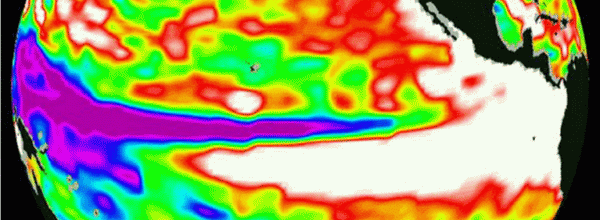This cyclical weather phenomenon has apparently finally arrived. NOAA said it started in March 2015, although few of the physical signs appeared. The link below shows Australia, Japan and NOAA all agreeing … we’ll soon find out. What the article does not say is that the 1997-98 ENSO saw roughly half of the world’s corals die. In the face of global warming the corals and seagrass beds absorb a huge amount of CO2 during their photsynthesis. We’re talking similar levels of carbon-fixing to tropical rain forests; so if we get more major coral bleaching events then we are likely to be in a mess.

El Nino has, apparently, arrived.
: El Nino heat map - AFP / Getty images

What I’ll do on my atoll is photograph and measure some of the pristine corals in the next few weeks, then if we do experience some elevated sea temperatures, and suffer coral bleaching, we’ll have some data to compare (before & after scenarios). If anyone else has suitable sites and the time available, then I recommend others try to collect data too. Thanks, Mike 🙂
How can you measure corals? Which of their physical characteristics can be measured?
I’ll just do some underwater quadrats, such as on top of a coral head. We can mark this out with a long tape or rope. GPS the location, then take photographs to map the site. If we get a bleaching event the zooxanthellae (dinoflagellate symbionts) leave the corals and they lose their bright colours ~ it’s those symbionts that do the photosynthesising. You can visit a site periodically to compare photos. If you find bleaching in progress you can tie a string and id number on the junction line between living & dead corals. Next visit you measure the new bleached area and as you also have the time frame between surveys … you know the rate of change. Maybe some coral species suffer more than others. I just really wanted some reference samples for safety. If we don’t suffer, then maybe we can also restock impacted areas in other countries. Mike 🙂
PS Krishnan has made some of his colleagues aware of this post, so they may try the same in India 🙂
More bad news unfortunately. I need to find out what they intend to do in my part of the world.